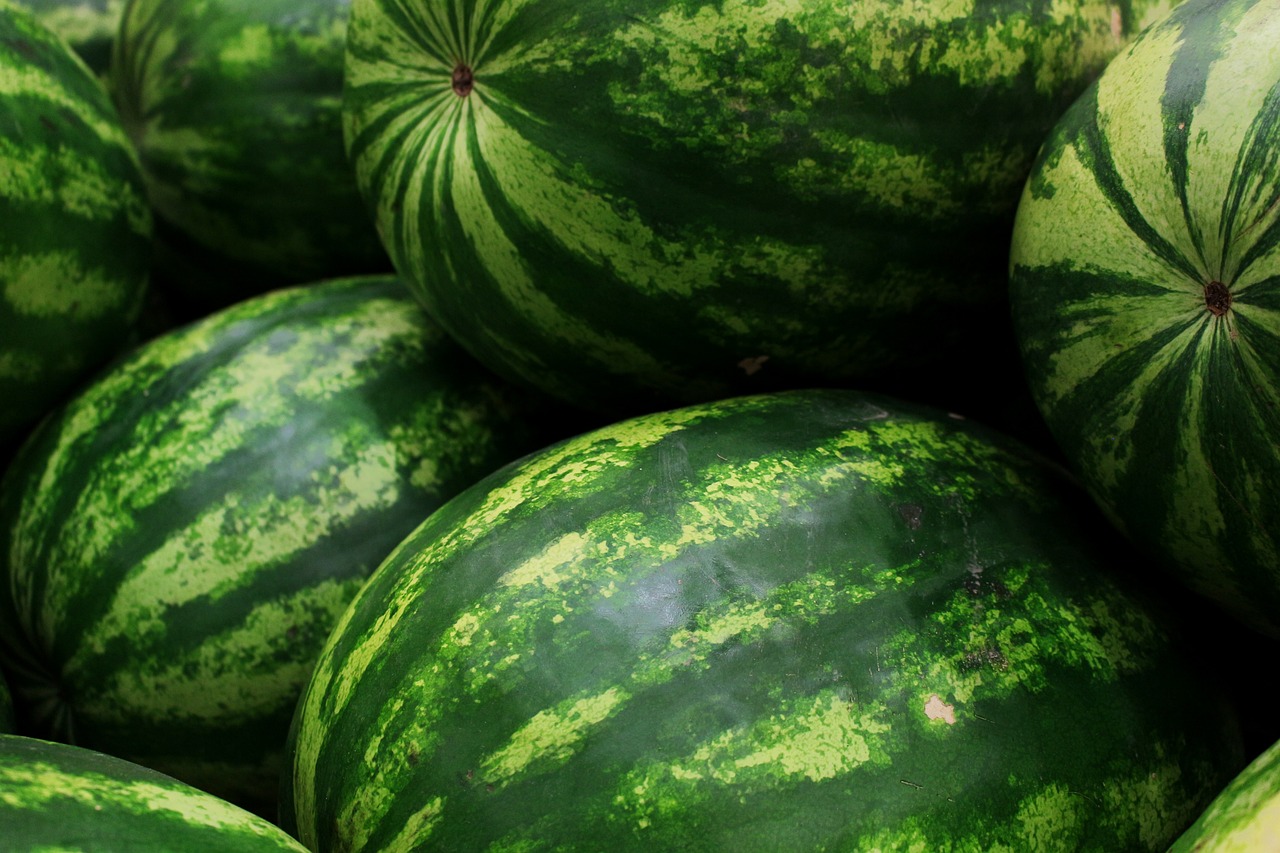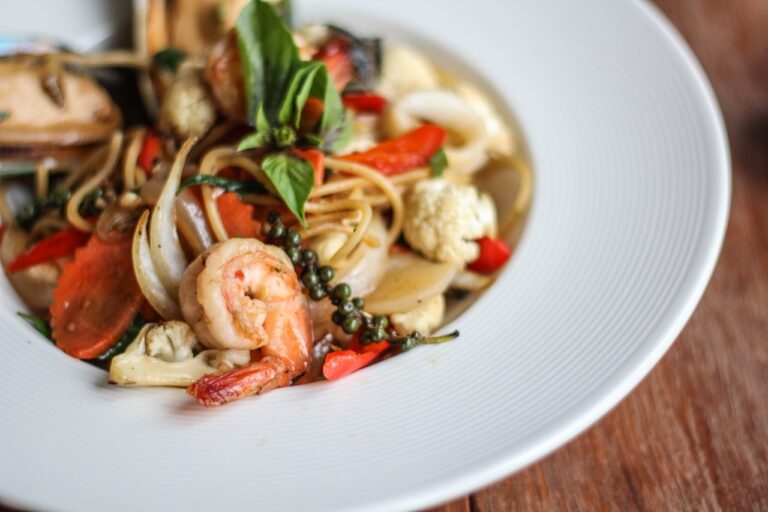The Science of Taste: Exploring Flavor Profiles and Pairings
When we bite into a juicy piece of fruit or sip on a warm cup of tea, our taste perception immediately comes into play. It is a complex process that involves our taste buds, as well as other sensory receptors in our mouths. Our taste buds are sensory organs that detect and differentiate between different flavors, sending signals to our brain to interpret what we are tasting. These tiny structures are located on the surface of our tongues and play a crucial role in allowing us to experience the rich tapestry of flavors that the world has to offer.
The Role of Taste Buds in Flavor Detection
Taste buds, those tiny sensory organs on our tongues, play a crucial role in detecting flavors. Each taste bud is equipped with receptor cells that are sensitive to different taste qualities. When we eat, these receptor cells send signals to our brain, allowing us to distinguish between sweet, salty, sour, bitter, and umami tastes.
Through a complex process, our taste buds interact with food molecules to create the diverse range of flavors that we experience. The taste buds are connected to nerve fibers that transmit information about taste to the brain, where it is then interpreted and recognized. This intricate system of taste buds working together helps us savor the deliciousness of our favorite foods and beverages.
Taste buds are tiny sensory organs located on our tongues
Each taste bud is equipped with receptor cells sensitive to different taste qualities
Receptor cells send signals to the brain allowing us to distinguish between sweet, salty, sour, bitter, and umami tastes
Taste buds interact with food molecules to create a diverse range of flavors
Taste buds are connected to nerve fibers that transmit taste information to the brain
Exploring the Five Basic Tastes
Our sense of taste is a complex interplay of five basic tastes: sweet, sour, salty, bitter, and umami. Each taste has its own unique qualities and plays a crucial role in our overall enjoyment of food. Sweetness is often associated with pleasurable sensations, while sourness adds a tangy kick to dishes. The taste of saltiness not only enhances flavors but also plays a vital role in maintaining electrolyte balance in our bodies. Bitterness, on the other hand, can be an acquired taste for some, but it adds depth and complexity to many culinary creations. Lastly, umami, known as the savory taste, brings a richness and fullness to food that can be truly satisfying to the palate.
Our taste buds are responsible for detecting and differentiating these five basic tastes, with each taste bud containing receptors for all five tastes. The way our taste buds perceive these flavors can vary from person to person, influencing our food preferences and dietary choices. Exploring each individual taste and understanding how they combine and interact with one another is essential to fully appreciating the intricacies of flavor in the culinary world. By honing our taste perception and expanding our palate, we can unlock a world of gastronomic delights and develop a deeper appreciation for the art of cooking.
What are the five basic tastes?
The five basic tastes are sweet, sour, salty, bitter, and umami.
How does taste perception work?
Taste perception involves the taste buds on our tongue detecting the different flavors of the food we eat and sending signals to our brain to interpret the taste.
What is the role of taste buds in flavor detection?
Taste buds are specialized sensory organs on the tongue that contain receptors for the five basic tastes. They help us distinguish between different flavors in the food we consume.
Can taste buds change over time?
Yes, taste buds can change over time due to factors such as aging, smoking, or certain medical conditions. This can affect our ability to perceive flavors accurately.
How does umami differ from the other basic tastes?
Umami is often described as a savory or meaty taste and is different from the other basic tastes like sweet, sour, salty, and bitter. It is commonly found in foods like tomatoes, soy sauce, and parmesan cheese.







